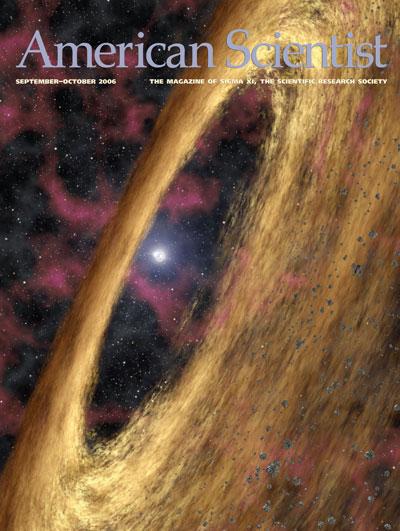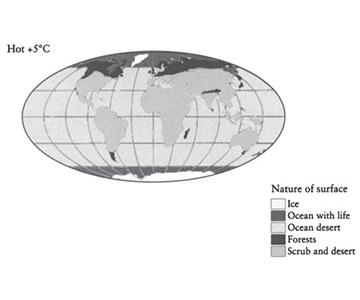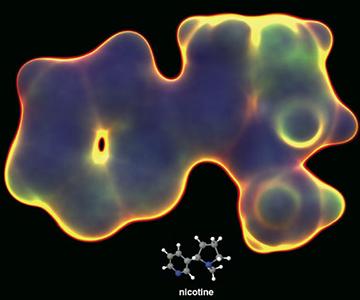Magazine
September-October 2006

September-October 2006
Volume: 94 Number: 5
In 1992, astronomers made the first confirmed detection of planets around a star other than the Sun. Strangely, these two "exoplanets" were orbiting a pulsar—the remnant of a supernova explosion. This rendering shows an artist's impression of the fall-back debris disk that surrounds some pulsars, allowing planets to form there, just as they do in more typical protostellar disks. Since 1992, nearly 200 explanets have been found, the vast majority circling ordinary Sunlike stars. In "Extrasolar Planetary Systems," Gregory P. Laughlin describes how these observations are shaping the theoretical understanding of how planets form and evolve. (Image courtesy of NASA Jet Propulsion Laboratory.)
In This Issue
- Agriculture
- Astronomy
- Biology
- Chemistry
- Communications
- Computer
- Engineering
- Environment
- Ethics
- Evolution
- Mathematics
- Medicine
- Physics
- Policy
- Psychology
- Sociology
- Technology
Extrasolar Planetary Systems
Gregory P. Laughlin
Astronomy Physics
Observations of distant worlds are beginning to reveal how planetary systems form and evolve
Algae-Dominated Reefs
Peter Vroom, Kimberly Page, Jean Kenyon, Russell Brainard
Environment
Numerous reports suggest that reefs must be dominated by coral to be healthy, but many thriving reefs depend more on algae
Modifying Light
Joseph A. Castellano
Chemistry Physics Technology
Ubiquitous today, liquid-crystal displays are the outgrowth of more than a century of experimentation and development
The Zebrafish Exposed
Ralf Dahm
Biology Evolution
"See-through" mutants may hold the key to unraveling the mysteries of embryonic development
Scientists' Nightstand

Short takes on three books
Michael Szpir, Amos Esty, Christopher Brodie
Communications Review Scientists Nightstand
Condor: To the Brink and Back—The Life and Times of One Giant Bird · Organic, Inc.: Natural Foods and How They Grew · Aglow in the Dark: The Revolutionary Science of Biofluorescence














